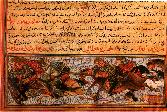
Jami' al-Tawarikh ('Universal History' of Rashid al-din).
Rashidiyya, 1314.
Hazine 1653, folio 165b
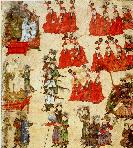
Jami' al-Tawarikh ('Universal History' of Rashid al-din).
Il-Khanid Tabriz, 1330.
Hazine 1653, folio 23a
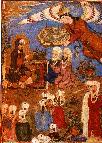
Mi'raj-nama (Ascension of Muhammad').
From the Sarai Albums.
Tabriz, beginning of the 14th century.
Hazine 2154, folio 107a

Mi'raj-nama (Ascension of Muhammad').
From the Sarai Albums.
Tabriz, beginning of the 14th century.
Hazine 2154, folio 42b
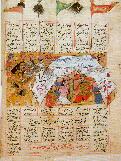
Shah-nama (Firdawsi's 'Book of Kings').
by Ali b. Husayni Bahmani
Shiraz, 1330.
Hazine 1479, folio 144b

Shah-nama (Firdawsi's 'Book of Kings').
by Ali b. Husayni Bahmani
Shiraz, 1330.
Hazine 1479, folio 145b

Shah-nama (Firdawsi's 'Book of Kings').
by Ali b. Husayni Bahmani
Shiraz, 1330.
Hazine 1479, folio 193a
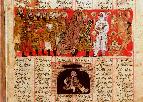
Shah-nama (Firdawsi's 'Book of Kings').
by Ali b. Husayni Bahmani
Shiraz, 1330.
Hazine 1479, folio 91b
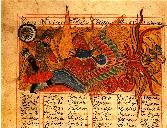
Shah-nama (Firdawsi's 'Book of Kings').
Shiraz, 1330.
Hazine 1479, folio 145a
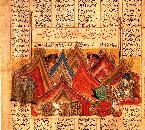
Shah-nama (Firdawsi's 'Book of Kings').
Shiraz, 1330.
Hazine 1479, folio 126a